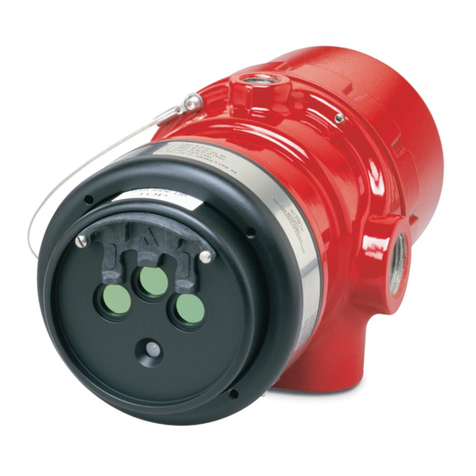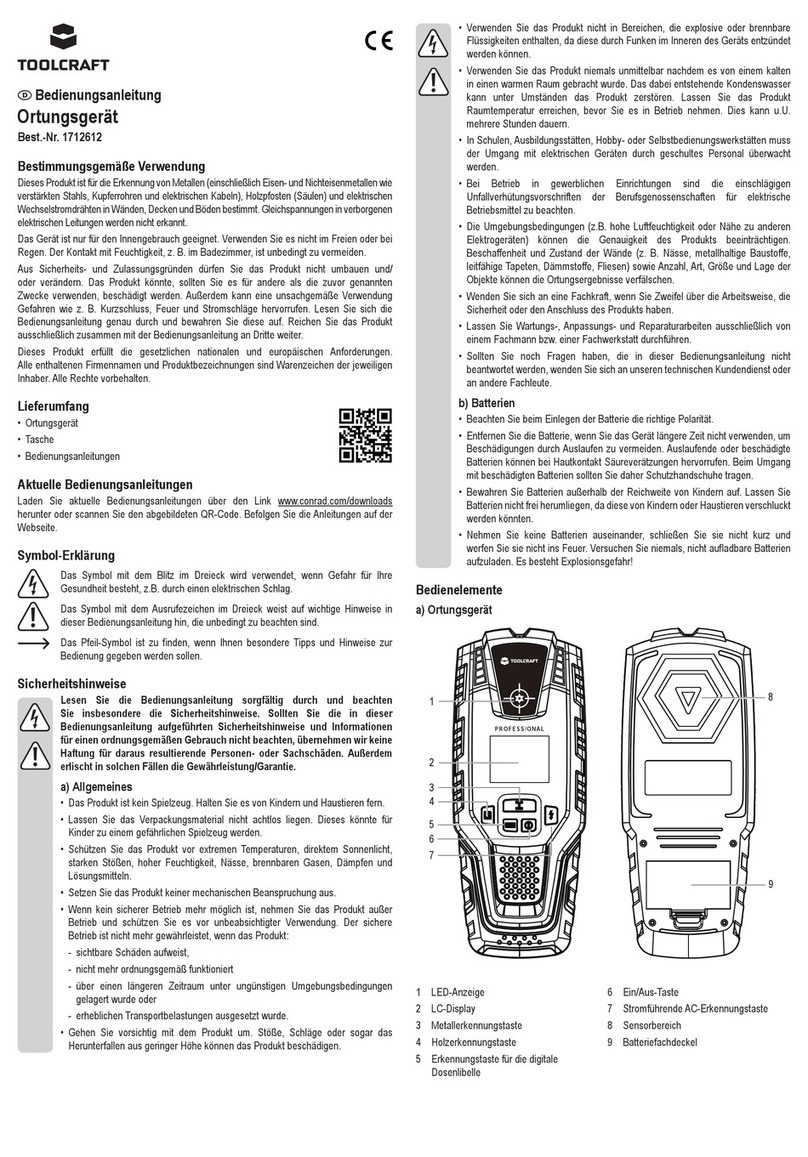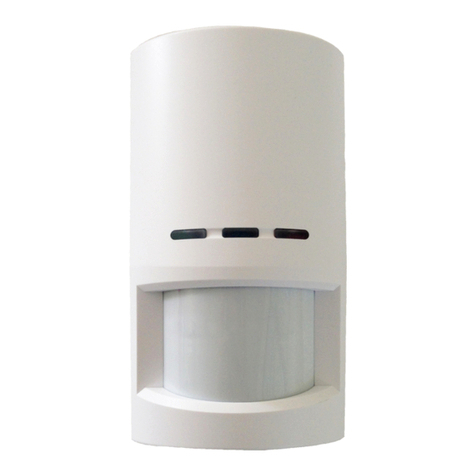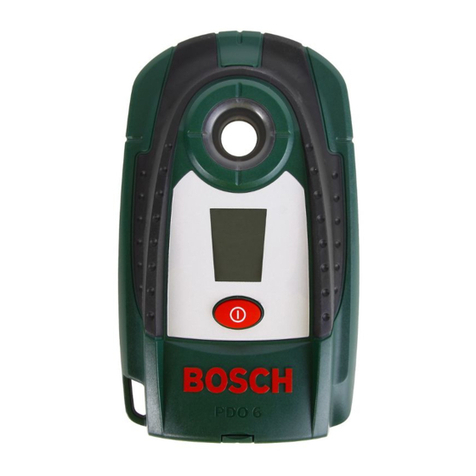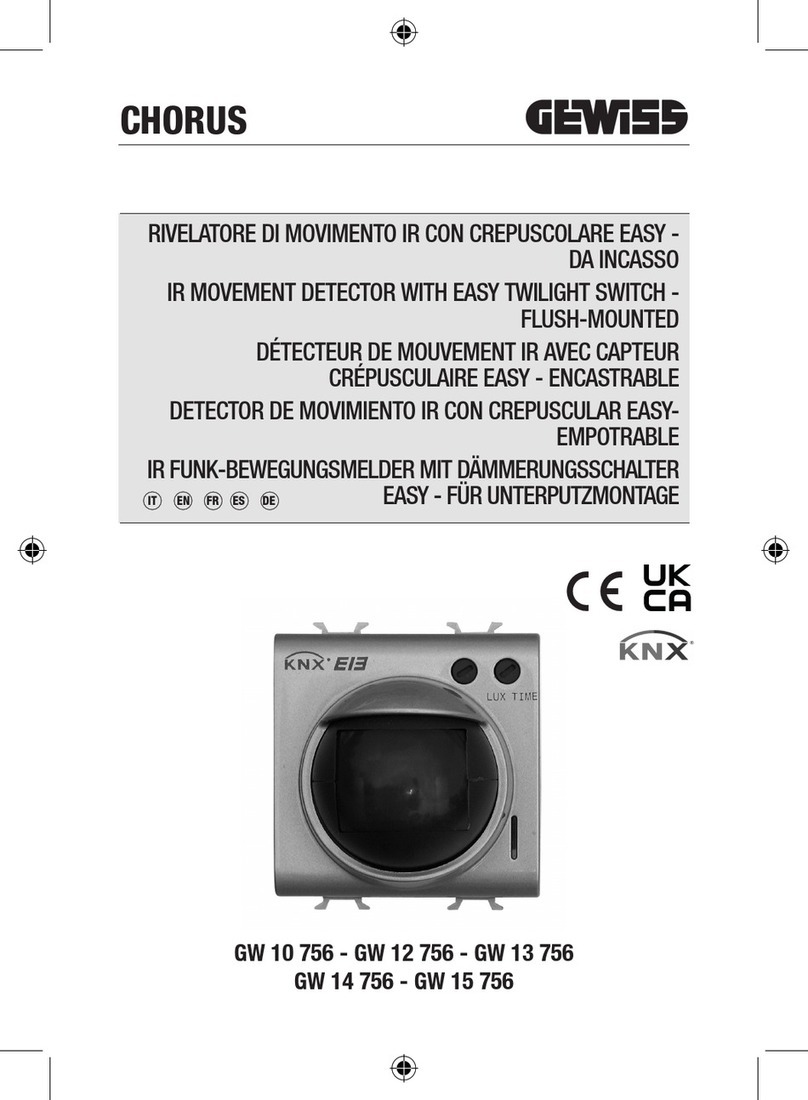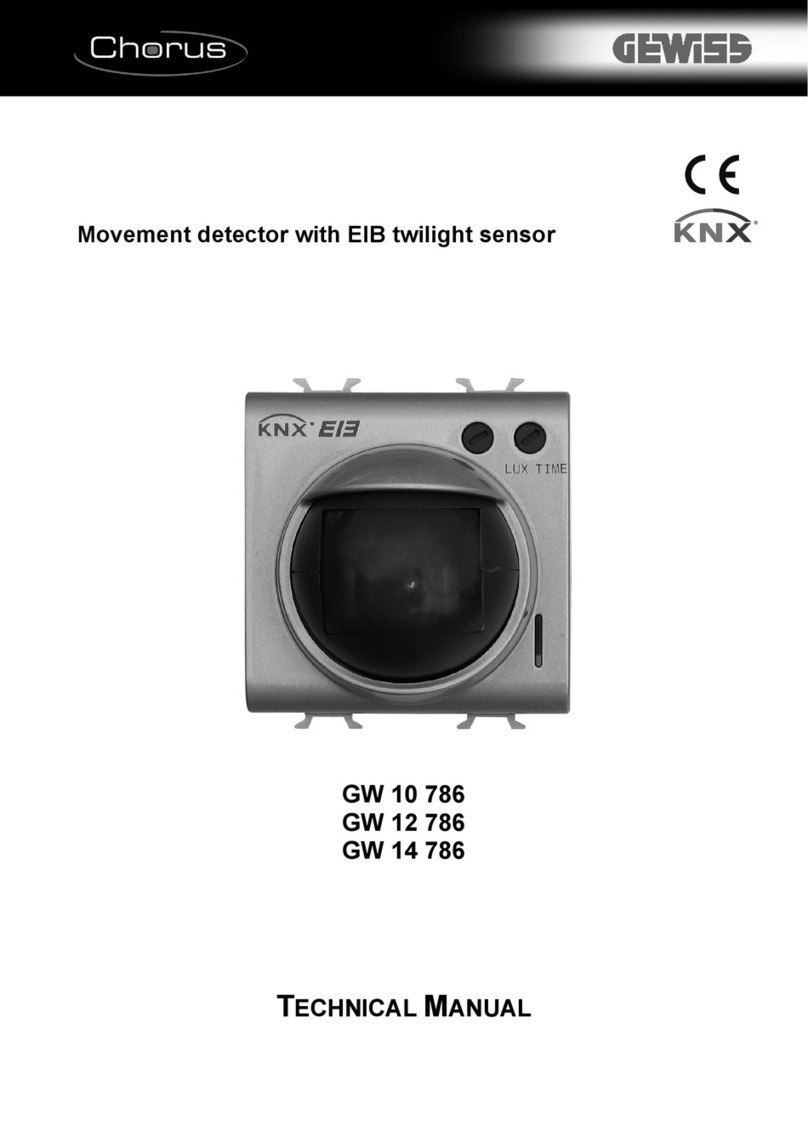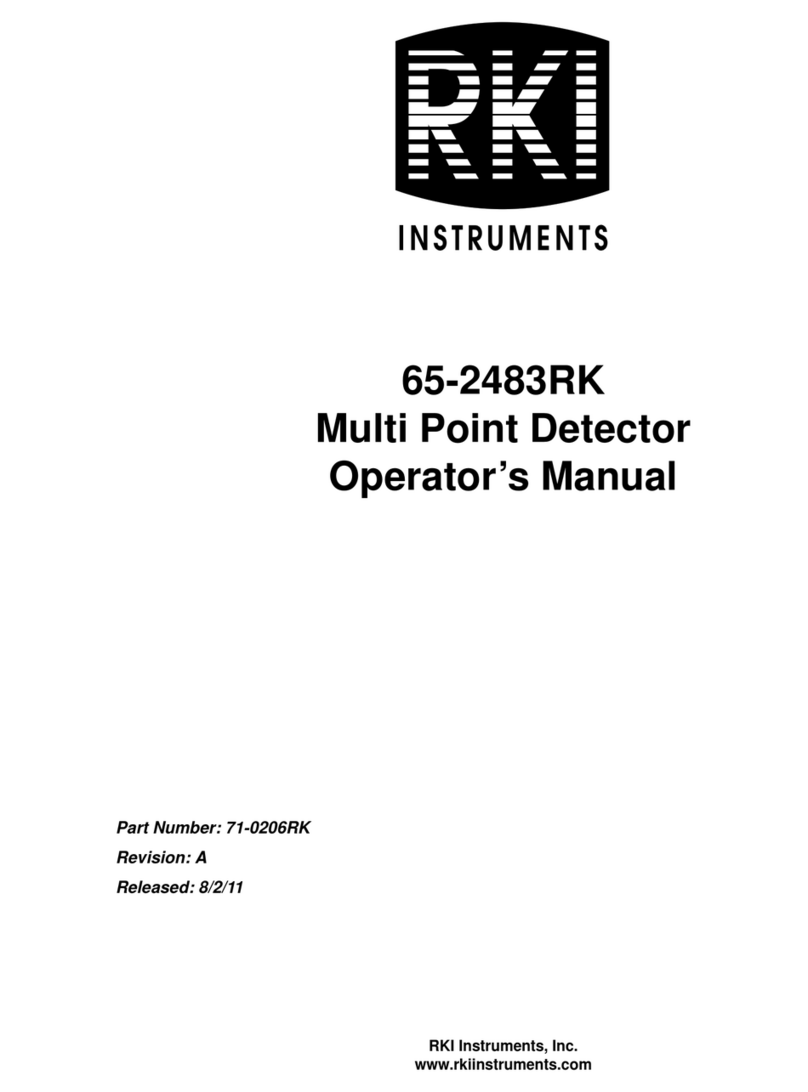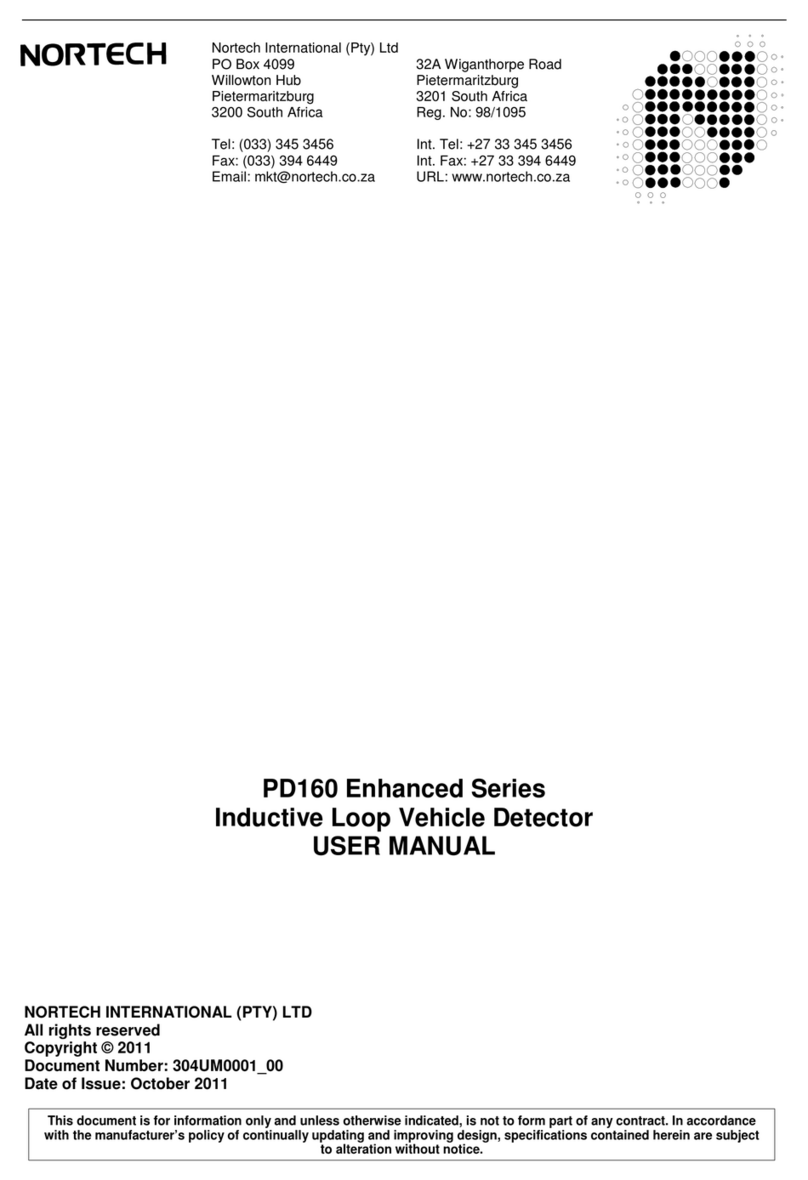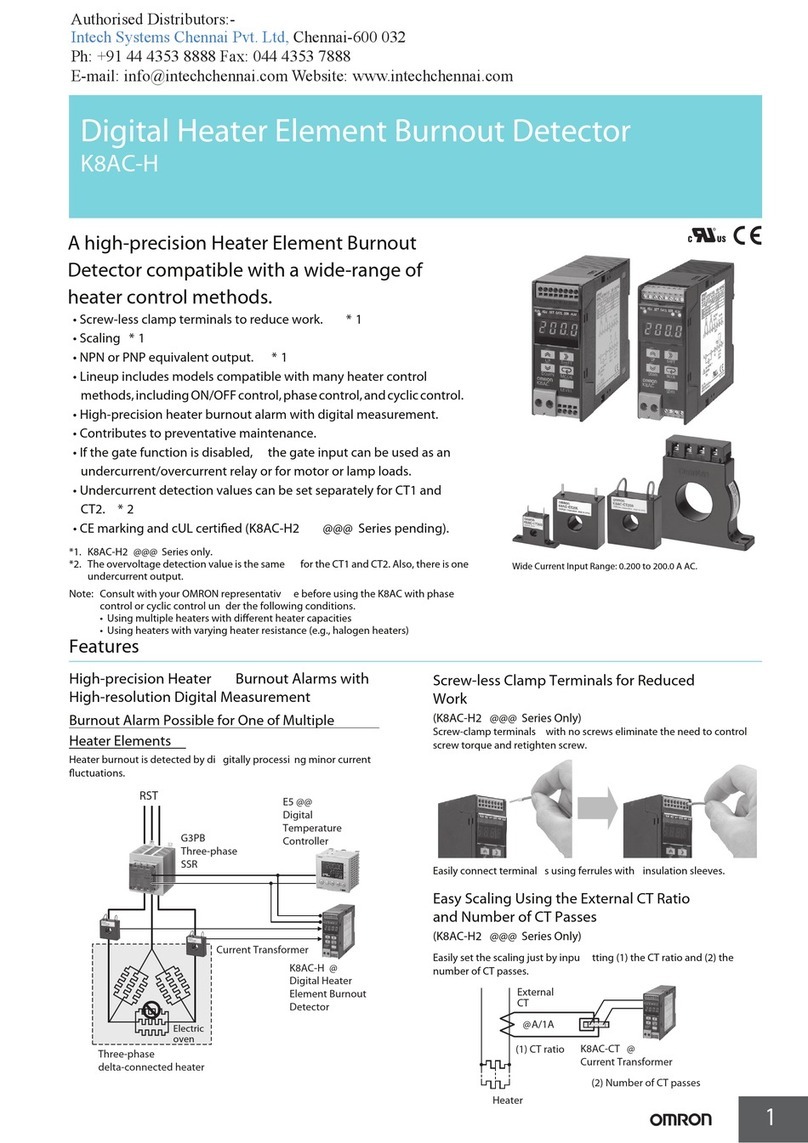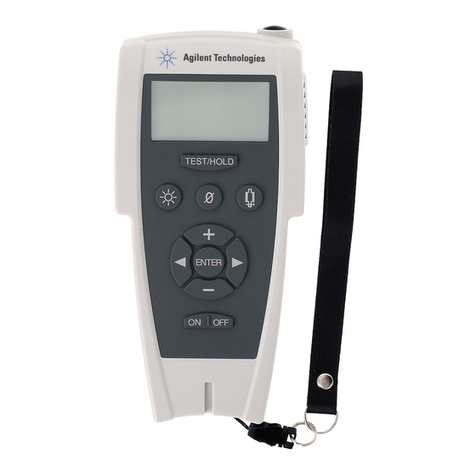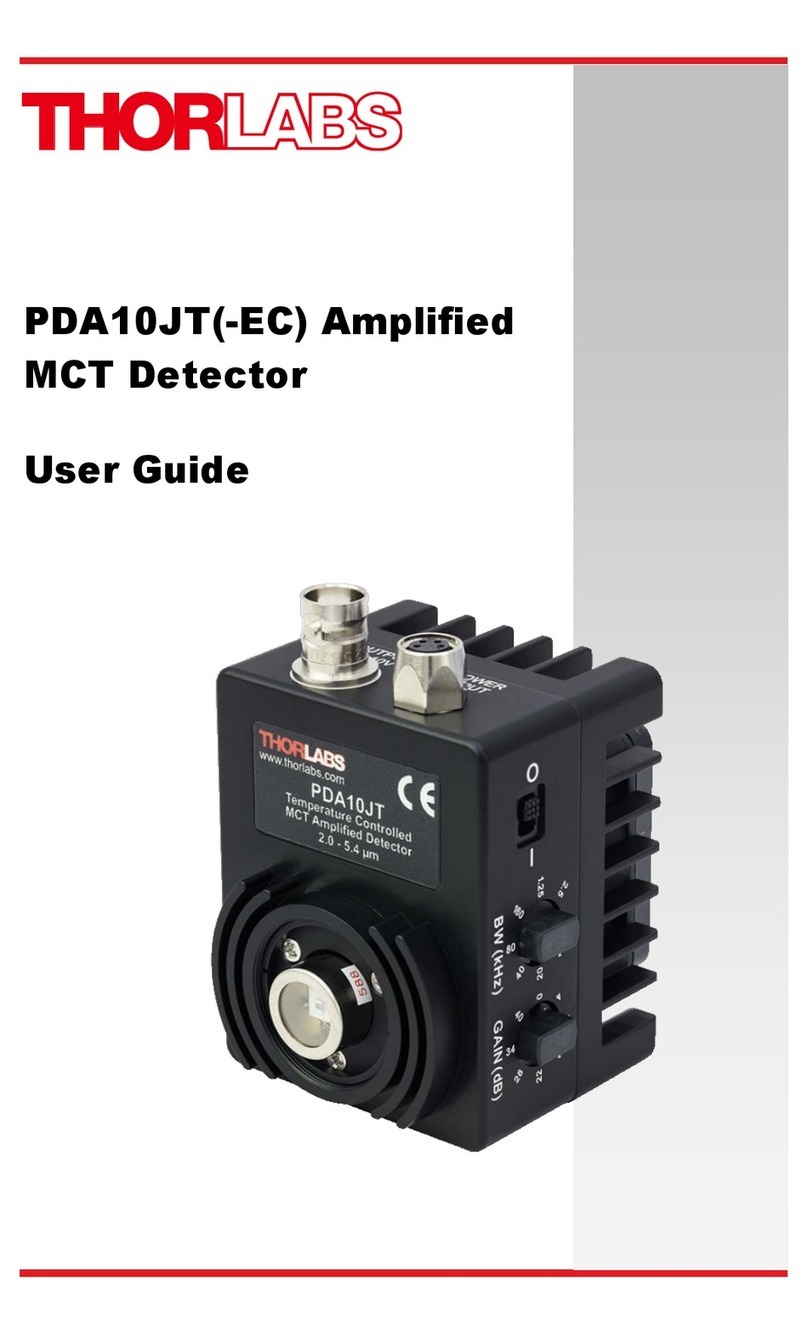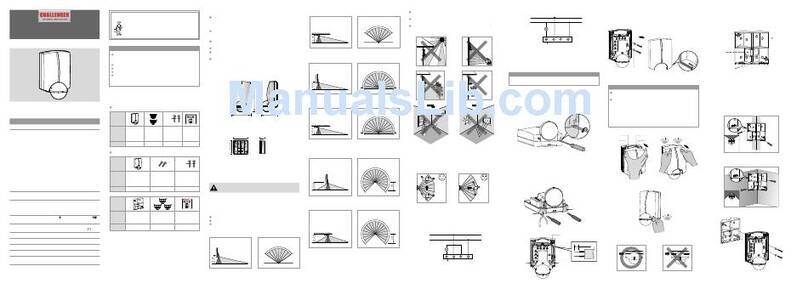2
- General
In the following the device will be referred to as the
movement detector.
The movement block will only switch off when there is no
more movement in front of the device - in other words,
independently of the brightness.
The ETS application includes 5 independent movement
blocks, each with 4 output objects.
|Note:
All of the settings described refer to ETS version 3,
but you can also use all the settings and functions
with ETS version 2.
The application files (vd2 and vd3) are configured in
such a way that the application loading time is
considerably reduced. When you convert an ETS 2
project to ETS 3, you lose this time saving. If you are
working with ETS 3, use the vd3 files.
Total possible addresses and connections:
254 addresses; 255 connections
|Note:
If you switch back to the preset values in either ETS
2 or ETS 3 (by clicking "Standard"), all the values
that you have changed so far will be deleted. Any
group addresses which have been parametrised will
be lost.
|Note:
Due to the fact that various functions depend on
other functions, these dependent functions will not
be visible and selectable in the ETS unless the
preceding function has been enabled. If you de-select
functions or change parameters, group addresses that
have already been connected may be removed.
- Getting started quickly
When you insert the application in the ETS or click on the
"Standard" button, the ETS application will switch
automatically to minimum configuration.
In minimum configuration, it is possible to put the presence
detector into operation. For some application cases, the
minimum configuration is even adequate for practical use.
We also recommend opening minimum configuration as a
way of familiarising yourself with the application software
for the presence detector. Here all of the extended or more
complex parameters are disabled. In "Block configuration"
only the first "Movement" block is enabled for use. In the
"Telegrams" tab only output object 1 is enabled. This is a 1-
bit output object. At the start of movement this object sends
a 1 telegram and when the internal staircase timer has
elapsed it sends a 0 telegram. Each parameter can always be
tuned to its individual requirements. The brightness
threshold and the staircase timer always need to be adjusted
to suit requirements. Check the "Brightness" and "Times"
tabs.
In this way the corresponding objects are connected to a
KNX switch actuator.
To familiarise yourself with the extended and more complex
parameters see the following pages.
- General functions
The common safety pause
The application has a common safety pause system - in other
words, a safety pause triggered by the movement detector
will affect all blocks in the application. As specified in a
parameter the safety pause can be triggered at the status
feedback object (safety pause) when there is an OFF
telegram or when there is an OFF and ON telegram.
The status feedback object of the switching/dimming
actuator must be connected to the feedback safety pause
object of the movement detector.
Once a safety pause has been started, signals from the
movement sensor will no longer be evaluated for this period
of time. An elapsed staircase timer cannot be started by a
movement during an active safety pause and an ongoing
staircase timer cannot be retriggered by a movement.
An ongoing staircase timer is not affected by a safety pause
being activated. In other words, the staircase timer will run
through in the usual way.
|Note:
Optical feedback can only be avoided by selecting
the right installation location for the movement
detector and the lighting. The safety pause system
and the safety pause object of the application cannot
compensate for all planning mistakes.
Communication objects
You can select the following communication objects:
General:
Parameter
|Note:
The parameter settings include various functions
which depend on other functions. Depending on the
parameter setting, some functions or objects may or
may not be displayed in the ETS.
Function Object name Type Prio Flags Behaviour
Safety pause Status feedback
object
1 bit Low WC Receive

